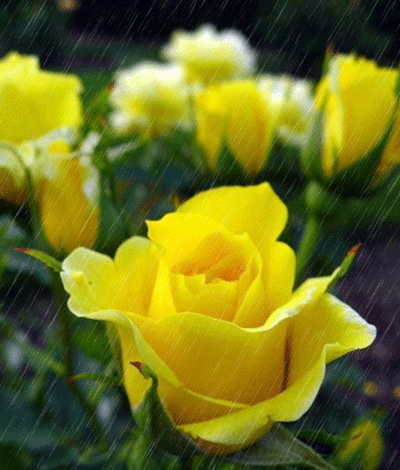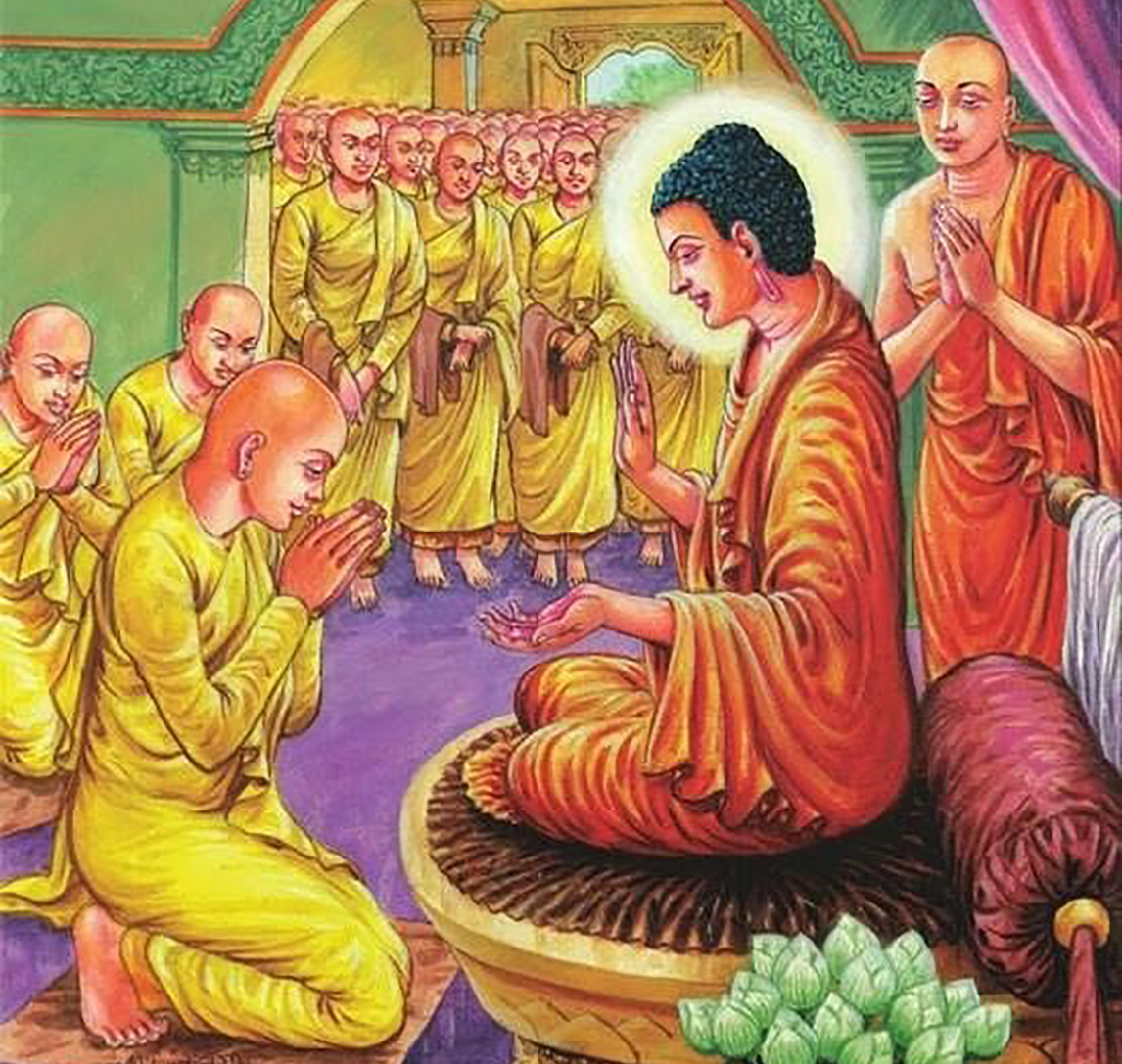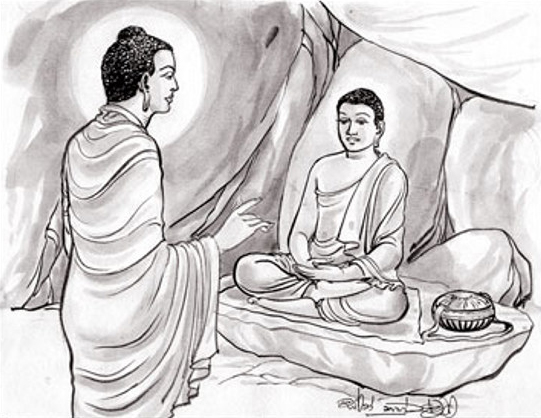Start a New Life Every Morning

by 17th Karmapa
We sometimes wake up fresh in the morning yet still go through the day half asleep. Our busy 21st century lives overwhelm us with a relentless stream of immediate tasks. We lose sight of how precious it is just to have a human life.
This is an awareness that we need to feel in our hearts. I would like to share with you a practice that I call ‘living your whole life in a single day.’ You can do this by starting with this thought in the morning: ‘I am starting a whole new life. It begins right now’. Initially, leave yourself a note at your bedside to remind you, and then slowly cultivate the habit of waking up with this thought.
Your body is fresh from the night’s rest; when you wake up with this awareness, so does your mind. Ask yourself what kind of person you want to be in the life that you will live today. Throughout the day, remind yourself that your life is happening right now. In the afternoon, check to see how your life is going and readjust as needed. A whole lifetime of possibilities stretches out before you every moment.
This is the basic truth of interdependence. Conditions are constantly shifting, and what seemed impossible earlier can suddenly become possible. Every moment counts. Every action counts. A single kind act can have a positive impact on the future of many others you share the earth with. You can change the course of the future in any moment. Do so consciously, and the whole world will benefit.











